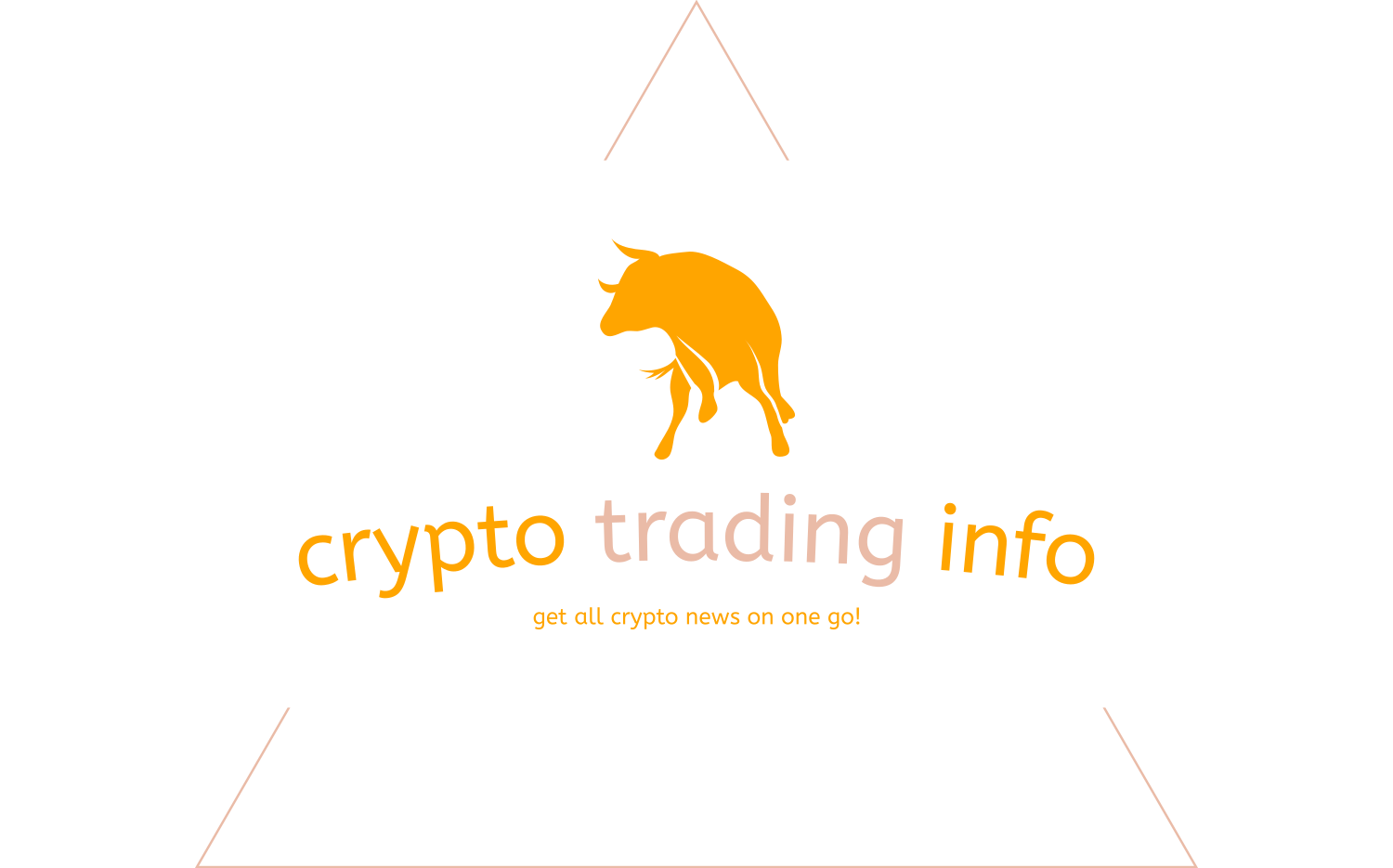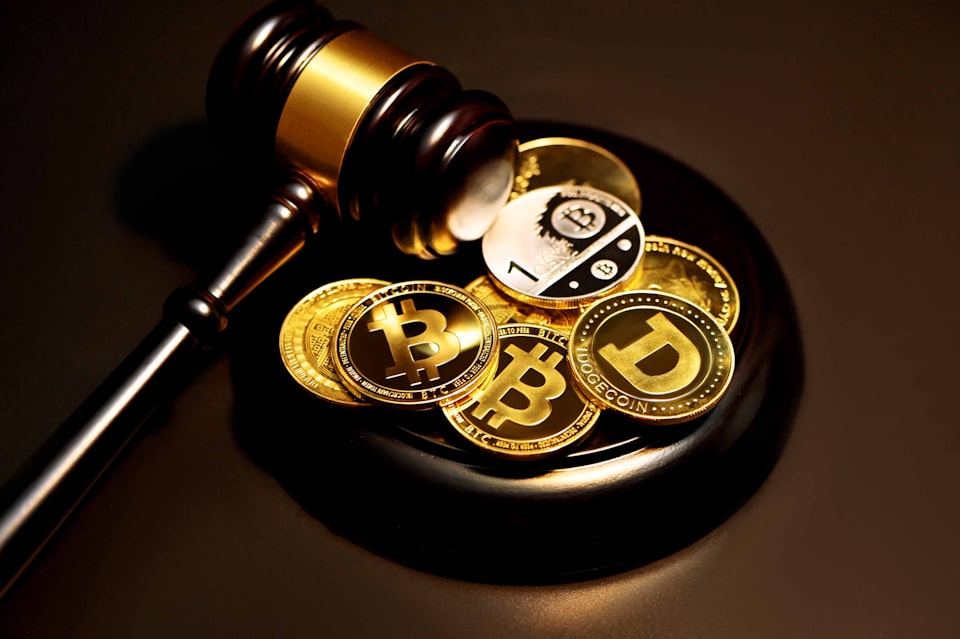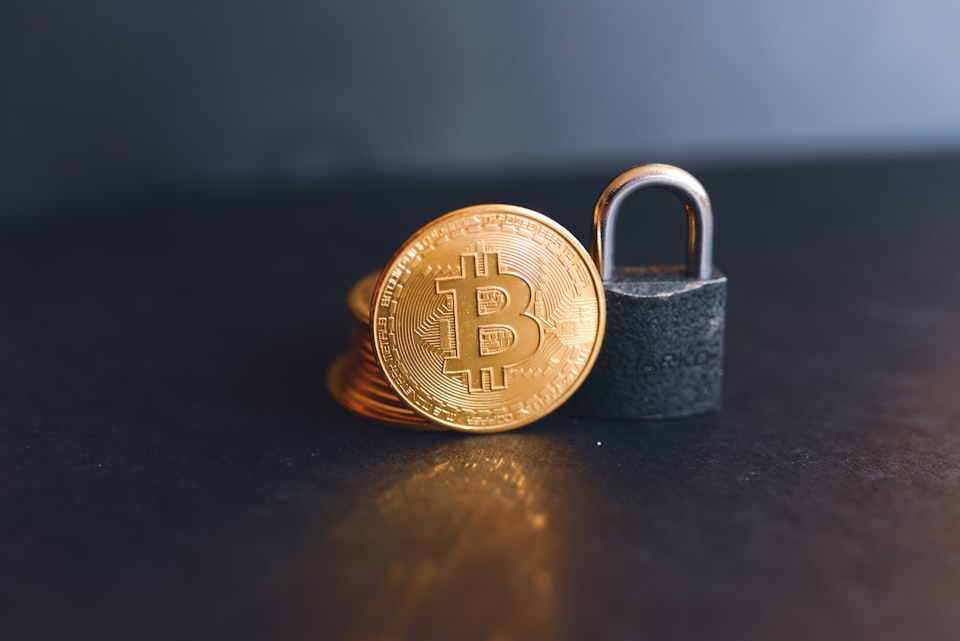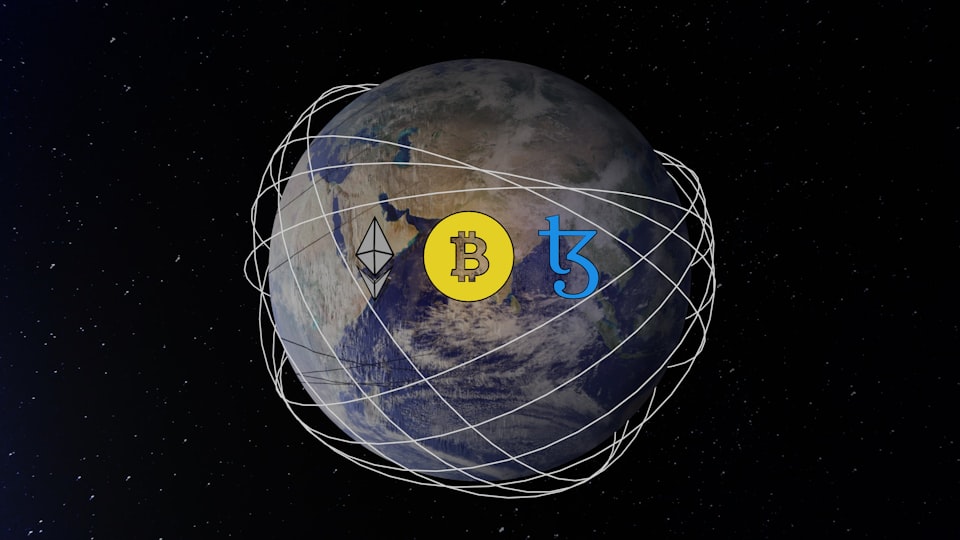Decentralized Applications (dApps): The Future of Apps?
Explore the rise of decentralized applications (dApps) built on blockchain technology, offering transparency, security, and user autonomy. Learn about DeFi, NFTs, DAOs, DEXs, and the potential of dApps to revolutionize industries and redefine the future of applications
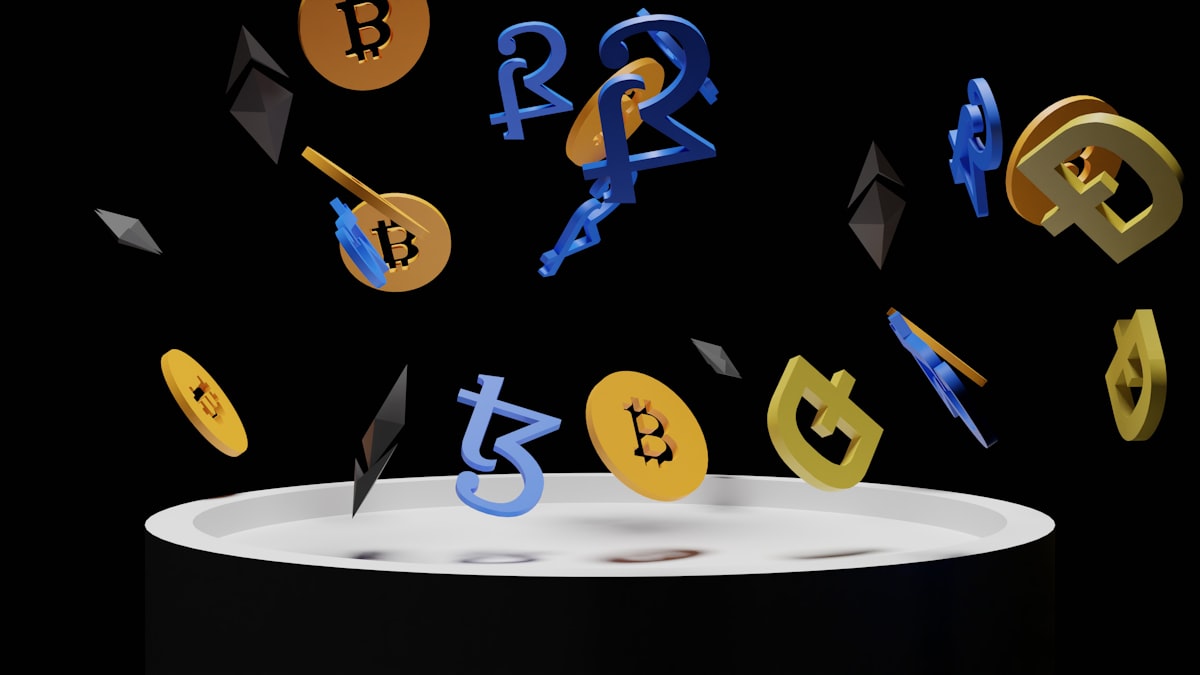
In the ever-evolving digital landscape, the concept of decentralized applications (dApps) is gaining significant traction, promising to reshape the way we interact with technology. These innovative applications, built on top of decentralized blockchain networks, offer a paradigm shift from traditional centralized models, ushering in a new era of transparency, security, and user autonomy. As the world embraces the principles of Web3 and decentralization, dApps are poised to become the future of applications, revolutionizing various industries and empowering users like never before.
What are Decentralized Applications (dApps)?
Decentralized applications, commonly referred to as dApps, are software programs that run on decentralized blockchain networks, such as Ethereum, rather than relying on traditional centralized servers. These applications leverage the power of smart contracts, which are self-executing contracts with predefined rules and conditions, eliminating the need for intermediaries or third-party oversight.
Unlike traditional applications, dApps operate on a peer-to-peer network, where data and computational resources are distributed across multiple nodes, ensuring redundancy, resilience, and censorship resistance. This decentralized architecture offers several advantages, including enhanced security, transparency, and user control over their data and assets.
The Rise of Decentralized Applications
The concept of decentralized applications gained traction with the advent of blockchain technology and the rise of cryptocurrencies like Bitcoin. However, it was the introduction of Ethereum, a decentralized blockchain platform capable of executing smart contracts, that paved the way for the development of more advanced and diverse dApps.
Since then, the dApp ecosystem has witnessed exponential growth, with applications spanning various domains, including finance, gaming, social media, and more. Some of the most prominent examples of dApps include:
- Decentralized Finance (DeFi): DeFi applications, such as Uniswap, Compound, and Aave, enable decentralized lending, borrowing, and trading of cryptocurrencies without the need for traditional financial institutions. These platforms utilize smart contracts to automate and secure financial transactions, eliminating intermediaries and providing users with greater control over their assets.DeFi has gained significant popularity due to its ability to provide access to financial services to underbanked and unbanked populations, as well as offering higher interest rates and greater transparency compared to traditional finance. Additionally, DeFi applications often integrate with other blockchain-based services, such as decentralized exchanges (DEXs) and stablecoins, creating a robust ecosystem for decentralized finance.
- Non-Fungible Tokens (NFTs): NFT platforms like OpenSea and Rarible facilitate the creation, ownership, and trading of unique digital assets, such as artwork, collectibles, and virtual real estate, on the blockchain. NFTs are based on blockchain technology and smart contracts, enabling the creation of verifiable digital scarcity and ownership.The NFT market has experienced tremendous growth, with artists, creators, and businesses leveraging the technology to monetize their digital assets. NFTs have also found applications in gaming, where they can represent in-game items, characters, and virtual real estate, creating new revenue streams for developers and players alike.
- Decentralized Autonomous Organizations (DAOs): DAOs, like MakerDAO and Aragon, are community-governed organizations that operate autonomously through smart contracts, enabling decentralized decision-making and governance. These organizations are typically structured around a set of rules encoded as smart contracts, allowing members to propose, vote on, and implement changes without the need for a centralized authority.DAOs have the potential to revolutionize the way organizations are structured and managed, promoting transparency, accountability, and decentralized decision-making. They have applications in various industries, including finance, technology, and non-profit organizations.
- Decentralized Exchanges (DEXs): DEXs, such as Uniswap and SushiSwap, allow users to trade cryptocurrencies directly without relying on centralized intermediaries, promoting transparency and user control. These platforms utilize smart contracts and automated market makers (AMMs) to facilitate peer-to-peer trading, eliminating the need for order books and centralized custodians.DEXs offer several advantages over traditional centralized exchanges, including increased security, censorship resistance, and user control over funds. They also enable the trading of a wide range of cryptocurrencies and tokens, fostering innovation and diversity in the decentralized finance ecosystem.
- Decentralized Storage Solutions: Projects like Filecoin and Sia offer decentralized storage solutions, where users can rent out their unused storage space and earn rewards, while ensuring data privacy and security. These platforms utilize blockchain technology and smart contracts to create a decentralized marketplace for data storage, enabling users to store and retrieve data in a secure and censorship-resistant manner.Decentralized storage solutions address the limitations of centralized cloud storage providers, such as data breaches, censorship, and vendor lock-in. They also provide a more cost-effective and scalable alternative for storing and retrieving data, particularly for large datasets and archival purposes.
Benefits of Decentralized Applications
The adoption of decentralized applications offers numerous advantages over traditional centralized applications, including:
- Increased Security: By leveraging the principles of decentralization and cryptography, dApps are inherently more secure and resistant to single points of failure, reducing the risk of data breaches and cyber attacks. The decentralized nature of blockchain networks makes it difficult for attackers to compromise the entire system, as there is no central point of control or failure.
- Transparency and Trust: The underlying blockchain technology and smart contracts ensure transparency, as all transactions and data are recorded on a publicly accessible and immutable ledger, promoting trust and accountability. Users can verify the integrity of the data and transactions without relying on a central authority, fostering trust in the system.
- User Control and Ownership: Users maintain complete control over their data and assets, without relying on intermediaries or centralized authorities, fostering a sense of digital sovereignty. In traditional centralized applications, users often have limited control over their data, which is stored and managed by third-party providers.
- Censorship Resistance: Decentralized applications operate on decentralized networks, making them resistant to censorship and government interference, promoting free speech and access to information. Unlike centralized applications, which can be subject to censorship or shutdown by authorities, dApps are designed to be censorship-resistant due to their decentralized architecture.
- Interoperability: Many dApps are built on open-source protocols and standards, enabling seamless integration and interoperability between different applications and platforms, fostering innovation and collaboration. This interoperability allows for the creation of composable applications, where different dApps can interact and share data, enabling the development of more complex and powerful solutions.
- Trustless and Permissionless: Decentralized applications operate on trustless and permissionless networks, meaning that users do not need to rely on a central authority or obtain permission to participate in the network. This democratizes access to services and eliminates the need for intermediaries, reducing costs and increasing accessibility.
Challenges and Considerations
While the potential of decentralized applications is undeniable, there are several challenges and considerations that must be addressed to facilitate widespread adoption:
- Scalability: Currently, many blockchain networks face scalability issues, limiting their ability to handle large volumes of transactions efficiently, which could hinder the widespread adoption of dApps. The scalability challenge arises from the inherent trade-offs between decentralization, security, and scalability, commonly known as the "blockchain trilemma."To address this challenge, various scaling solutions are being developed, including layer 2 solutions like Polygon, Optimism, and Arbitrum, as well as sharding and other on-chain scaling techniques. These solutions aim to increase transaction throughput and reduce network congestion, enabling dApps to handle larger user bases and more complex use cases.
- User Experience: Despite ongoing improvements, the user experience of some dApps can be complex and intimidating for non-technical users, potentially hindering mainstream adoption. Interacting with decentralized applications often requires familiarity with concepts like wallets, private keys, and gas fees, which can create barriers to entry for users accustomed to traditional centralized applications.To address this challenge, developers and projects are focusing on creating more user-friendly interfaces, streamlining onboarding processes, and abstracting away complex blockchain interactions. Initiatives like MetaMask, a popular Ethereum wallet, and projects like Rainbow and Argent are working to simplify the user experience and make dApps more accessible to mainstream users.
- Regulatory Concerns: The decentralized nature of dApps presents regulatory challenges, as traditional laws and regulations may not be easily applicable, potentially leading to legal uncertainties and challenges. Regulators are grappling with how to classify and regulate various aspects of decentralized applications, such as decentralized finance (DeFi), non-fungible tokens (NFTs), and decentralized autonomous organizations (DAOs).To address these concerns, industry players and regulatory bodies are collaborating to establish clear guidelines and frameworks that strike a balance between fostering innovation and ensuring consumer protection and compliance. Initiatives like the Digital Assets Working Group aim to develop industry standards and best practices for the responsible development and adoption of decentralized applications.
- Compatibility and Interoperability: While interoperability is a goal, the diversity of blockchain platforms and protocols can create compatibility issues, hindering seamless integration and collaboration between different dApps. Different blockchain networks often have their own standards, programming languages, and protocols, making it challenging to ensure seamless communication and data exchange between applications built on different platforms.To address this challenge, projects like Polkadot and Cosmos are focused on enabling cross-chain communication and interoperability, allowing dApps to seamlessly interact and share data across different blockchain networks. Additionally, initiatives like the Ethereum Virtual Machine (EVM) and WebAssembly (Wasm) are working towards creating a common execution environment for smart contracts, fostering greater compatibility and interoperability across different platforms.
- Environmental Impact: The energy-intensive nature of certain consensus mechanisms, such as Proof-of-Work (PoW), has raised concerns about the environmental impact of blockchain technology and dApps. The high energy consumption associated with PoW mining has been criticized for its carbon footprint and potential contribution to climate change.To address this issue, many blockchain projects are exploring and adopting more energy-efficient consensus mechanisms, such as Proof-of-Stake (PoS) and Proof-of-Authority (PoA). The Ethereum network, which hosts a significant portion of dApps, is in the process of transitioning from PoW to PoS through the Ethereum 2.0 upgrade, which is expected to significantly reduce the network's energy consumption.Additionally, projects like Chia Network are exploring alternative consensus mechanisms, such as Proof-of-Space and Time (PoST), which aim to be more energy-efficient while maintaining security and decentralization.
The Future of Decentralized Applications
Despite the challenges, the future of decentralized applications appears promising, with ongoing developments and innovations aimed at addressing these issues. Some key trends and developments shaping the future of dApps include:
- Scaling Solutions: Various scaling solutions, such as Ethereum's Sharding and Layer 2 solutions, are being developed to improve transaction throughput and scalability. Sharding involves partitioning the Ethereum network into multiple "shards" or parallel blockchains, increasing the overall network capacity and transaction speed. Layer 2 solutions, like Polygon, Optimism, and Arbitrum, aim to offload transactions from the main Ethereum blockchain, providing faster and cheaper transactions while inheriting the security of the underlying Ethereum network.
- Improved User Experience: Efforts are underway to simplify the user experience of dApps, including the development of user-friendly wallets, intuitive interfaces, and seamless integrations with traditional applications. Projects like Argent and Rainbow are creating mobile-first wallets that abstract away complex blockchain interactions, making it easier for users to manage their digital assets and interact with dApps.
- Regulatory Clarity: As the dApp ecosystem matures, regulatory bodies are working towards establishing clear guidelines and frameworks to govern decentralized applications, promoting innovation while ensuring consumer protection and compliance. Initiatives like the Digital Assets Working Group and the Global Digital Finance are collaborating with industry players and policymakers to develop standards and best practices for the responsible development and adoption of dApps.
- Interoperability Initiatives: Projects like Polkadot and Cosmos are focused on enabling cross-chain communication and interoperability, allowing dApps to seamlessly interact and share data across different blockchain networks. These projects aim to create an "internet of blockchains," where different blockchain networks can communicate and transfer data and assets seamlessly, fostering collaboration and innovation across the decentralized ecosystem.
- Sustainable Consensus Mechanisms: The adoption of more energy-efficient consensus mechanisms, such as Proof-of-Stake and Proof-of-Authority, aims to reduce the environmental impact of dApps while maintaining security and decentralization. The Ethereum network's transition to Proof-of-Stake through the Ethereum 2.0 upgrade is expected to significantly reduce the network's energy consumption, setting an example for other blockchain projects to follow.
- Mainstream Adoption: As the technology matures and user experiences improve, dApps are expected to gain mainstream adoption across various industries, including finance, supply chain management, healthcare, and more, disrupting traditional centralized models. The increasing adoption of blockchain technology and cryptocurrencies, coupled with the growing awareness of the benefits of decentralization, is paving the way for dApps to become more widely accepted and integrated into everyday life.
- Integration with Traditional Systems: While decentralized applications offer a new paradigm for application development, they are not necessarily meant to replace traditional centralized systems entirely. Instead, there is a growing trend towards integrating dApps with existing systems and infrastructures, creating hybrid solutions that combine the best of both worlds. This integration can enable organizations to leverage the benefits of decentralization while maintaining compatibility with their existing systems and processes.
- Decentralized Identity Solutions: The development of decentralized identity solutions, such as Self-Sovereign Identity (SSI), is gaining traction as a means to provide individuals with control over their personal data and digital identities. These solutions aim to eliminate the need for centralized identity providers and enable users to manage and share their personal information securely and selectively, fostering privacy and data protection.
- Decentralized Governance Models: As decentralized applications and organizations continue to evolve, new models of decentralized governance are emerging. Concepts like Decentralized Autonomous Organizations (DAOs) and Token-Based Governance are being explored, enabling decentralized decision-making and community-driven governance processes. These models have the potential to transform traditional organizational structures and promote greater transparency, accountability, and stakeholder participation.
- Metaverse and Web3 Integration: The rise of the metaverse and the broader Web3 movement is creating new opportunities for the integration of decentralized applications. As virtual worlds and immersive experiences become more prevalent, dApps could play a crucial role in facilitating transactions, enabling ownership of digital assets, and fostering decentralized governance within these virtual environments.
Projects like Decentraland and The Sandbox are pioneering the development of decentralized metaverse platforms, where users can own and trade virtual real estate, create and monetize digital content, and participate in decentralized governance structures. The integration of dApps into these metaverse ecosystems could unlock new use cases and business models, further solidifying the role of decentralized applications in the future of digital experiences.
Conclusion
The rise of decentralized applications represents a paradigm shift in the way we interact with technology and conduct digital transactions. By leveraging the power of blockchain technology and smart contracts, dApps offer a decentralized, transparent, and secure alternative to traditional centralized applications.
While challenges such as scalability, user experience, regulatory concerns, and environmental impact must be addressed, the potential of dApps to revolutionize industries and empower users is undeniable. As the ecosystem continues to evolve and innovate, with ongoing developments in scaling solutions, user experience improvements, regulatory clarity, and sustainable consensus mechanisms, dApps are poised to redefine the future of applications, ushering in a new era of decentralization and user autonomy.
Whether it's revolutionizing finance with DeFi, enabling ownership and trade of unique digital assets through NFTs, fostering decentralized governance and decision-making through DAOs, or facilitating secure and censorship-resistant data storage, the impact of decentralized applications is already being felt across various domains. As the world embraces the principles of Web3 and decentralization, dApps are poised to become the future of applications, empowering users, promoting transparency, and fostering innovation like never before.
The journey towards a decentralized future is well underway, and dApps are at the forefront of this transformation. As the technology continues to mature and overcome existing challenges, we can expect to see a proliferation of decentralized applications across various industries, reshaping the way we interact with digital services and redefining our understanding of ownership, governance, and trust in the digital realm.
The information provided in this article is for educational and informational purposes only and should not be construed as financial advice. Readers are advised to conduct their own research and consult with a qualified financial advisor before making any investment decisions.
